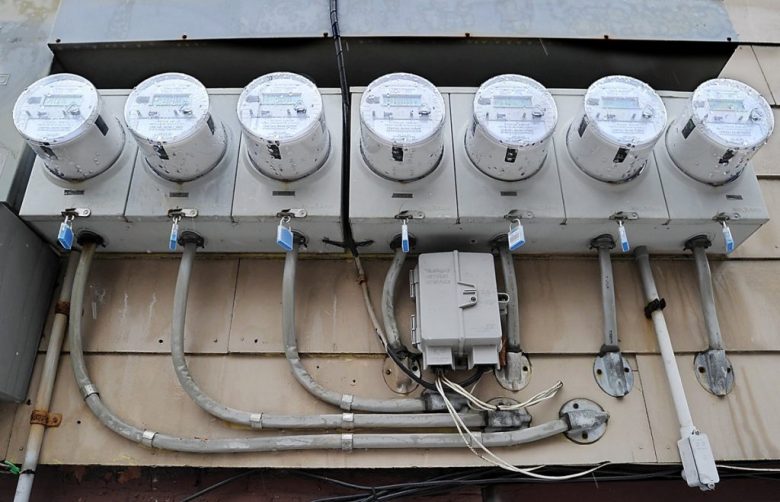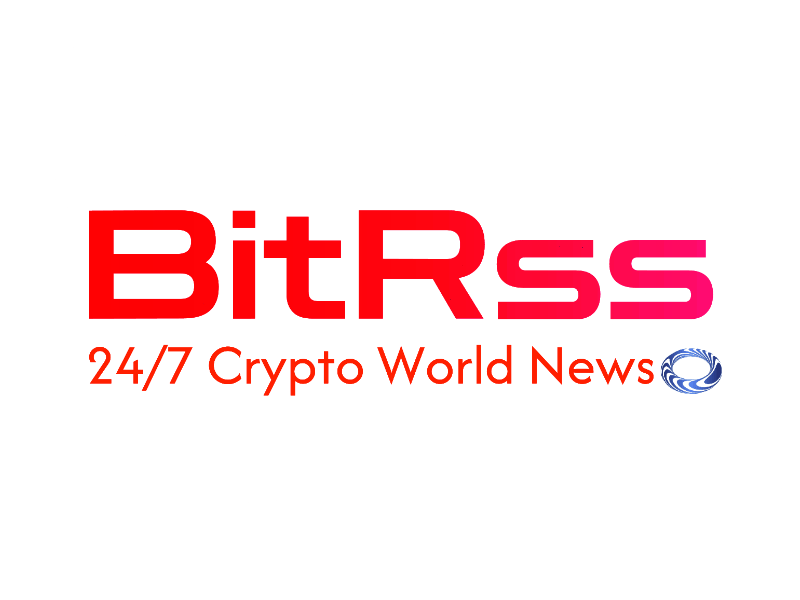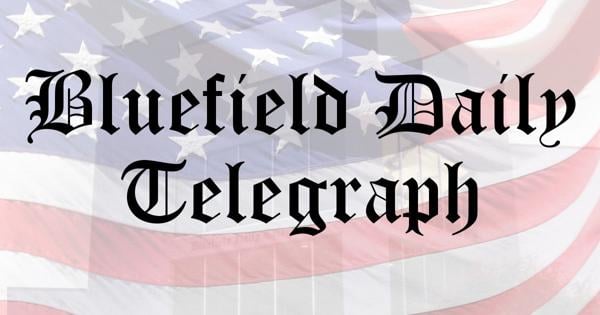The current state of the U.S. economy presents a complex picture of growth and struggle. While consumer spending remains strong and the stock market continues to rise, significant challenges persist for many Americans. According to the latest reports, including one from Chipotle, the fast-casual chain is experiencing a downturn in earnings, prompting concerns about the economic pressures faced by younger and lower-income consumers.
Chipotle’s CEO, Scott Boatwright, revealed on a recent earnings call that the company has faced declining sales for three consecutive quarters. The primary issue stems from a shift in consumer behavior; many of Chipotle’s core customers, particularly those earning less than $100,000 annually, are cutting back on discretionary spending. Boatwright noted, “We’re not losing them to the competition; we’re losing them to grocery and food at home.” This demographic drives approximately 40% of the company’s sales.
The 25 to 34 age group, which constitutes a quarter of Chipotle’s market, has also reduced its spending significantly. Boatwright explained that this demographic is becoming increasingly discerning about their purchases, further straining the company’s performance.
Contrasting Consumer Behavior
In stark contrast, some sectors of the market are thriving. Croc’s CEO Andrew Rees highlighted a notable divide in consumer spending habits during a recent analyst call. He stated, “There is a portion of our North American consumers that are highly affluent. They’re buying Crocs, they’re buying other high-end brands and they are in great financial shape.” This reflects a growing disparity as wealthier individuals continue to spend freely, while lower-income consumers remain cautious.
The beverage industry is similarly affected. Coca-Cola’s Chief Operating Officer Henrique Braun noted that sales of premium brands, like Topo Chico and Smartwater, have increased due to strong demand. Yet, he emphasized that the company is also adapting to the challenges faced by lower-income consumers by adjusting product sizes and prices to maintain sales, saying, “We continue to see divergency in spending between the income groups.”
Understanding the K-Shaped Economy
Economists have termed this phenomenon a “K-shaped” economy, where wealthier individuals continue to thrive while lower-income groups experience significant challenges. Jerome Powell, Chair of the Federal Reserve, discussed this concept in a media briefing, explaining that many consumer-facing companies report a bifurcated economy. He stated, “Consumers at the lower end are struggling and buying less and shifting to lower-cost products.”
Data from Moody’s Analytics reinforces this trend, revealing that affluent Americans are increasingly responsible for a larger share of total spending. The divide is attributed to factors such as job security among wealthier individuals, increased investments in the stock market—which has gained 17% this year—and rising home values in a tight supply market.
In contrast, lower-income Americans are often living paycheck to paycheck, facing stagnant wages that fail to keep pace with inflation. Recent statistics indicate that the number of individuals relying on unemployment insurance for extended periods has surged to a four-year high. Additionally, rising rents have added to the financial burdens of many households.
The outlook for the economy remains uncertain. The K-shaped recovery, which has been evident for some time, was briefly alleviated by government support measures following the pandemic. However, as these measures have waned, the wealth gap has started to widen again, with increasing interest rates and a reduction in safety net programs further impacting those at the bottom of the economic spectrum.
As the economy continues to evolve, the disparities between different income groups may deepen, leaving many consumers grappling with financial challenges while others enjoy the benefits of a recovering market. Understanding these dynamics will be crucial for policymakers and businesses alike in navigating the future of the U.S. economy.







